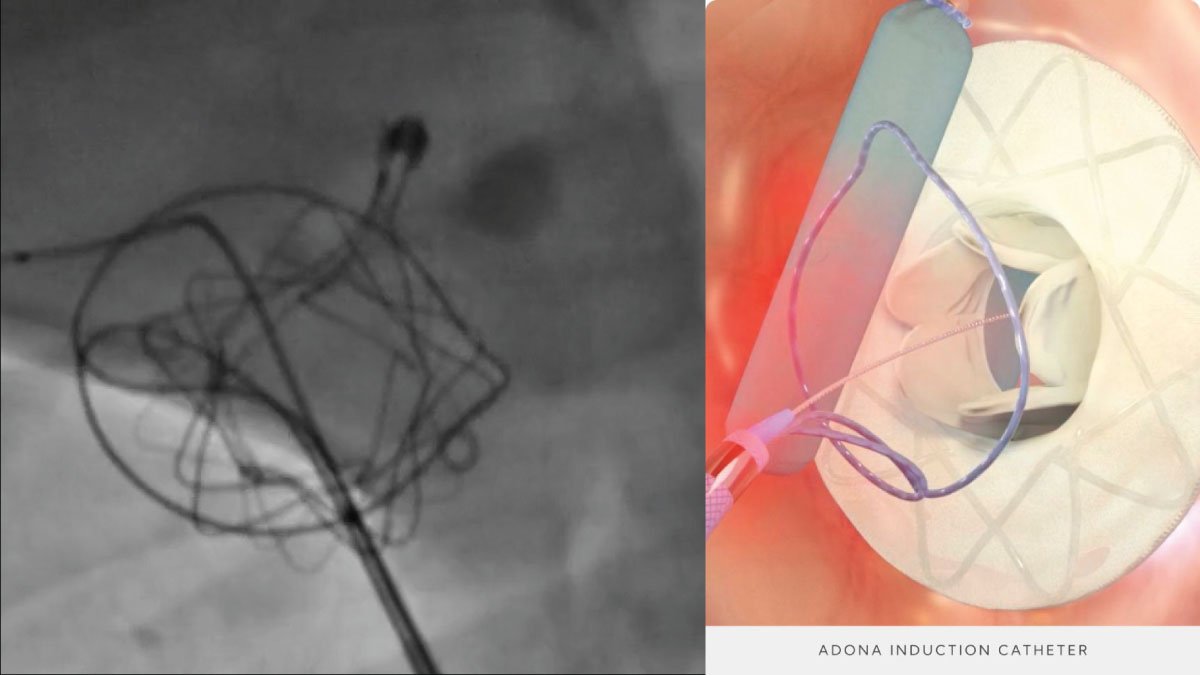Adenosine Triphosphate: The Energy Currency of the Cell

Adenosine triphosphate (ATP) is an essential molecule in cell biology, often referred to as the energy currency of the cell. This article aims to provide an educational, accessible, and enthusiastic explanation of ATP, perfect for biology beginners.
What is Adenosine Triphosphate?
Adenosine triphosphate (ATP) is a complex organic molecule that provides energy for many cellular biochemical processes by undergoing enzymatic hydrolysis. It consists of an adenine base, a ribose sugar, and three phosphate groups. The high-energy bonds between these phosphate groups make ATP an excellent energy storage molecule.
Structure of ATP
- Base Adenine: A nitrogenous base that combines with ribose to form adenosine.
- Ribose sugar: A five-carbon sugar that is part of the backbone of Adenosine triphosphate.
- Phosphate group: Three phosphate groups joined in a chain. The bonds between these phosphates store a significant amount of energy.
Functions of ATP
Energy transfer
- Cellular respiration: Adenosine triphosphate is produced during cellular respiration in mitochondria, where glucose is broken down to produce energy.
- Photosynthesis: In plants, ATP is synthesized during the light reactions of photosynthesis, providing energy for the Calvin cycle to produce glucose.
Biochemical Reactions
- Metabolism: Adenosine triphosphate provides energy for various metabolic processes, including muscle contraction, nerve impulse transmission, and chemical synthesis.
- Active transport: ATP is important for active transport mechanisms, which move molecules across cell membranes against their concentration gradients.
Cellular Processes
- Cell division: ATP is required for cell division processes such as mitosis and meiosis.
- Signaling: ATP plays a role in cell signaling, where it is used as a substrate by kinases in phosphorylation reactions.
Adenosine Triphosphate cycle
- Synthesis: ATP is generated from ADP (adenosine diphosphate) and an inorganic phosphate group (Pi) by processes such as oxidative phosphorylation in mitochondria and photophosphorylation in chloroplasts.
- Hydrolysis: When the cell needs energy, ATP is hydrolyzed into ADP and Pi, releasing energy that can be used for various cellular activities.
- Recycling: ADP can be recycled back into ATP, ensuring a continuous supply of energy.
Recent Advances in Adenosine Triphosphate research
Recent studies have elucidated the complex mechanisms of ATP synthesis and utilization, revealing new insights into its role in cellular energy metabolism and transfer. Advanced techniques in molecular biology have allowed scientists to explore how ATP is regulated and how its dysfunction can lead to disease.
Conclusion
Adenosine triphosphate (ATP) is essential for life, serving as the primary energy carrier in cells. Understanding its structure, function, and ATP cycle is crucial to understanding how cells perform various essential functions. The role of ATP in energy transfer and biochemical reactions highlights its importance in basic and applied biological research.




















